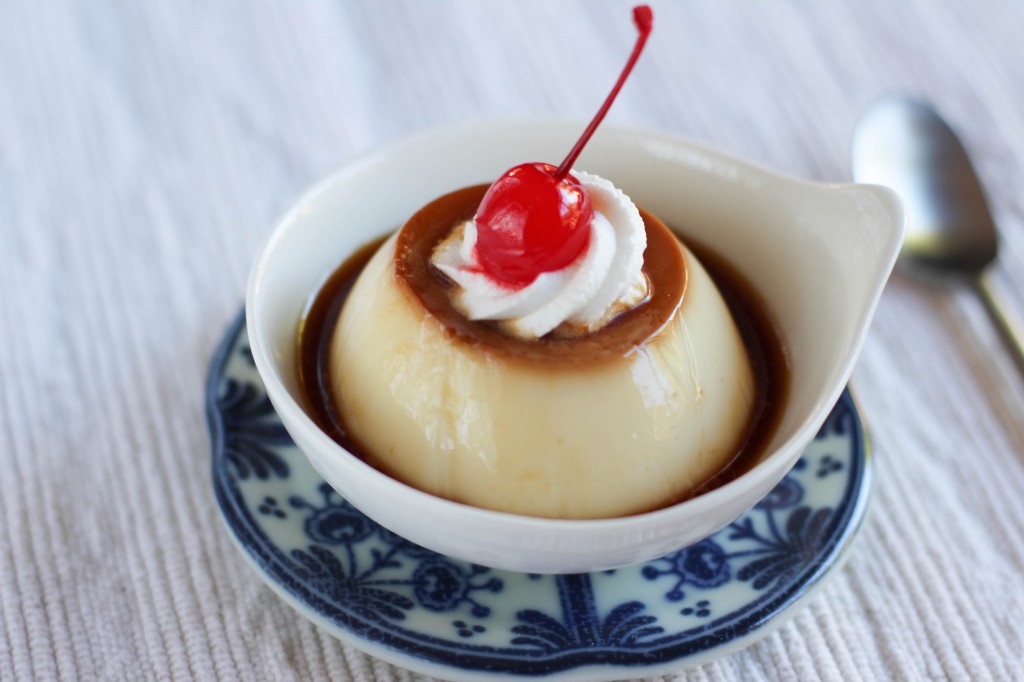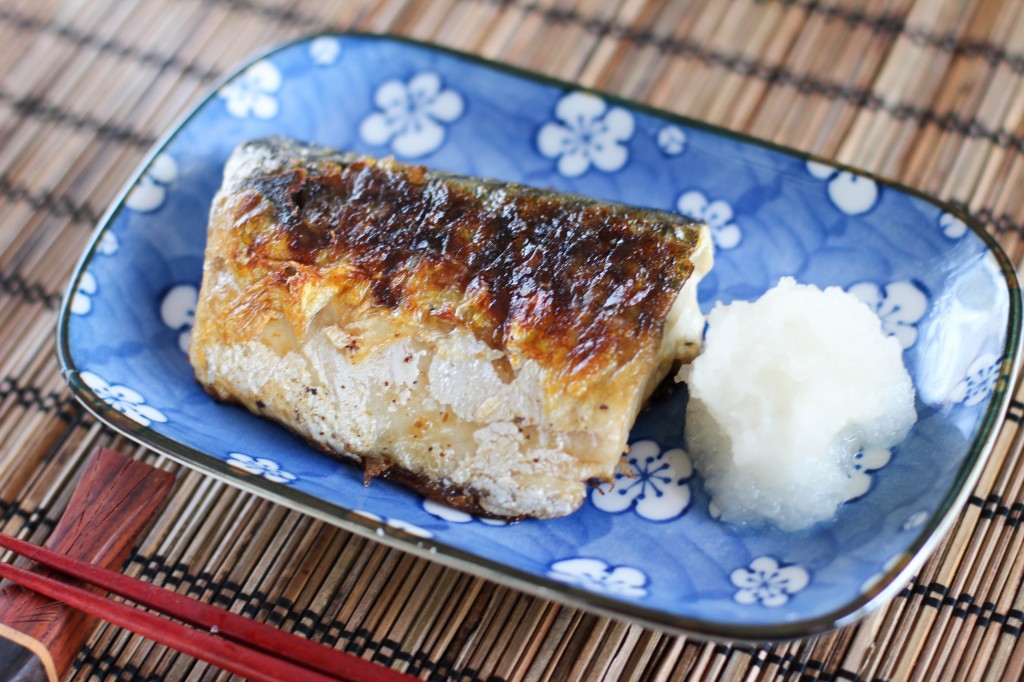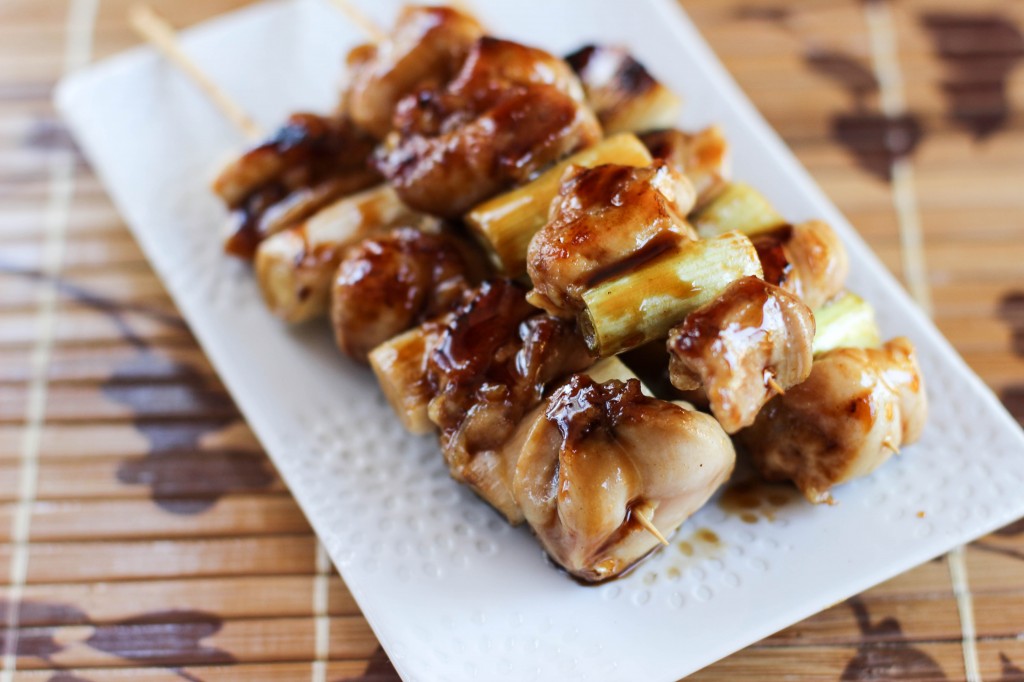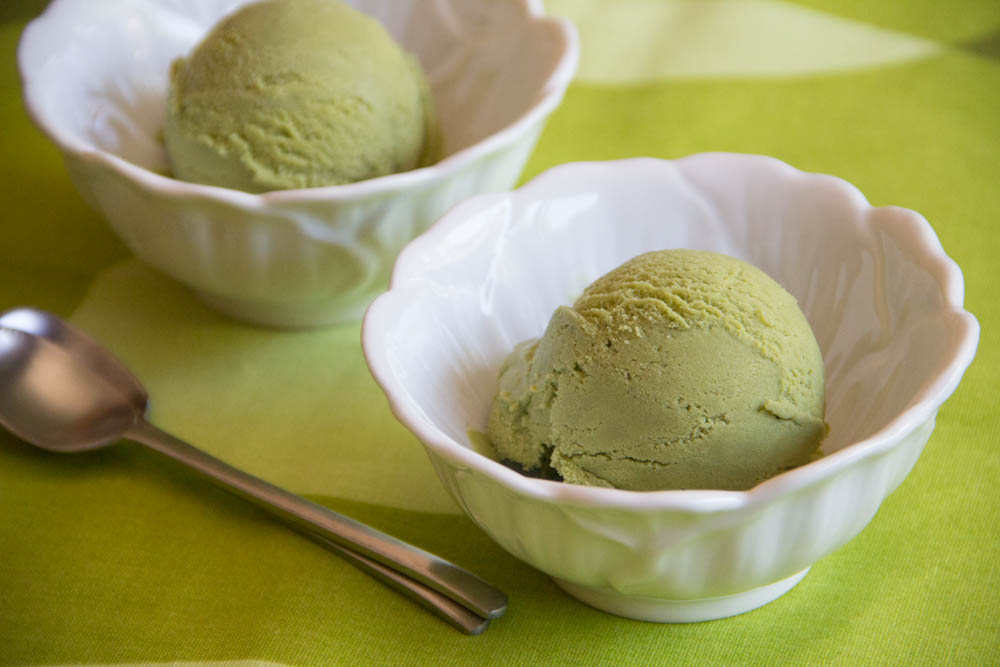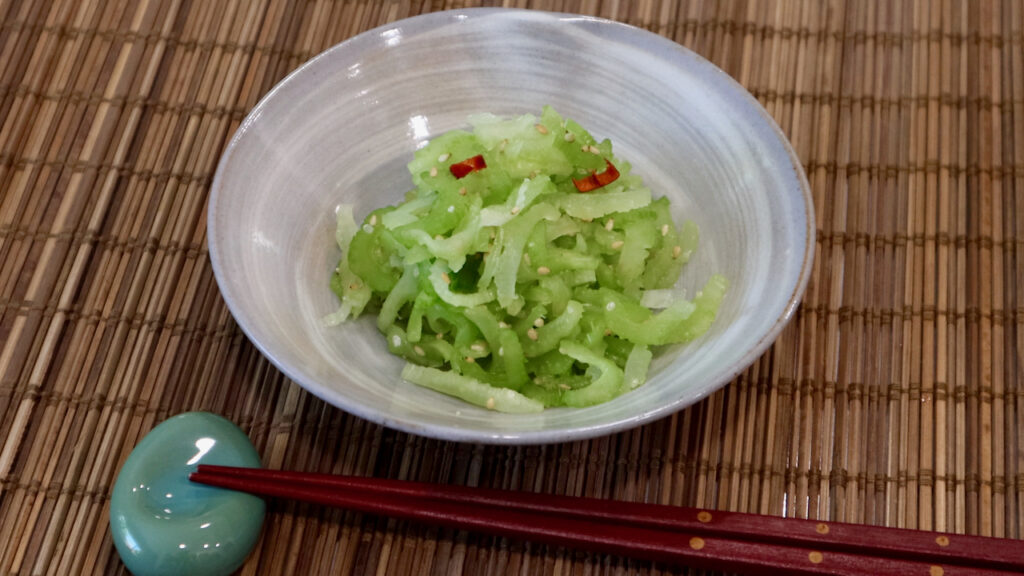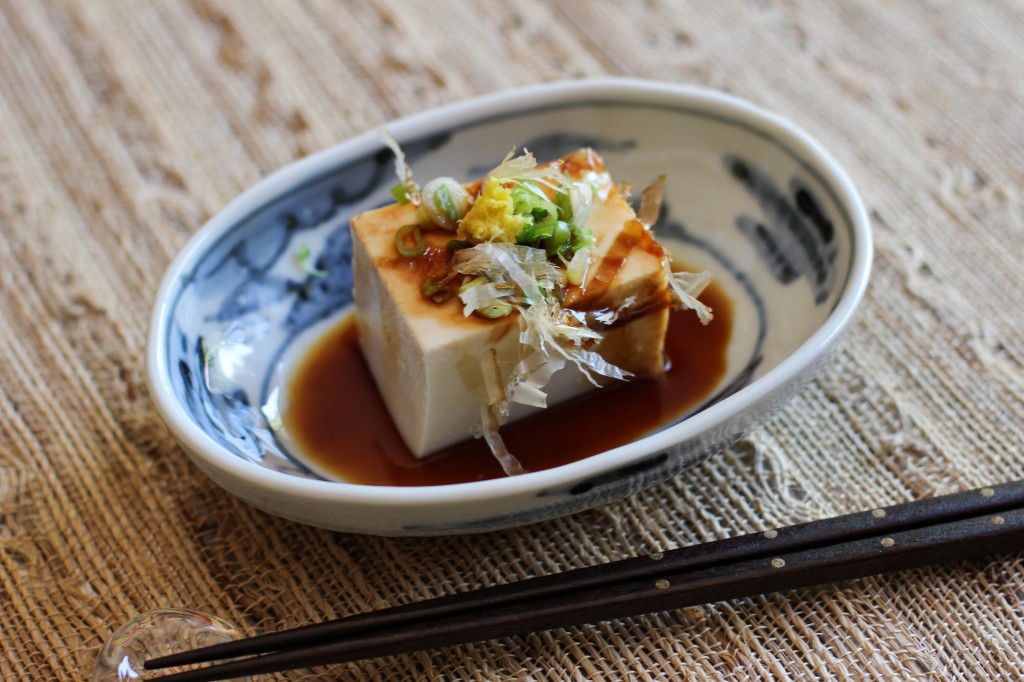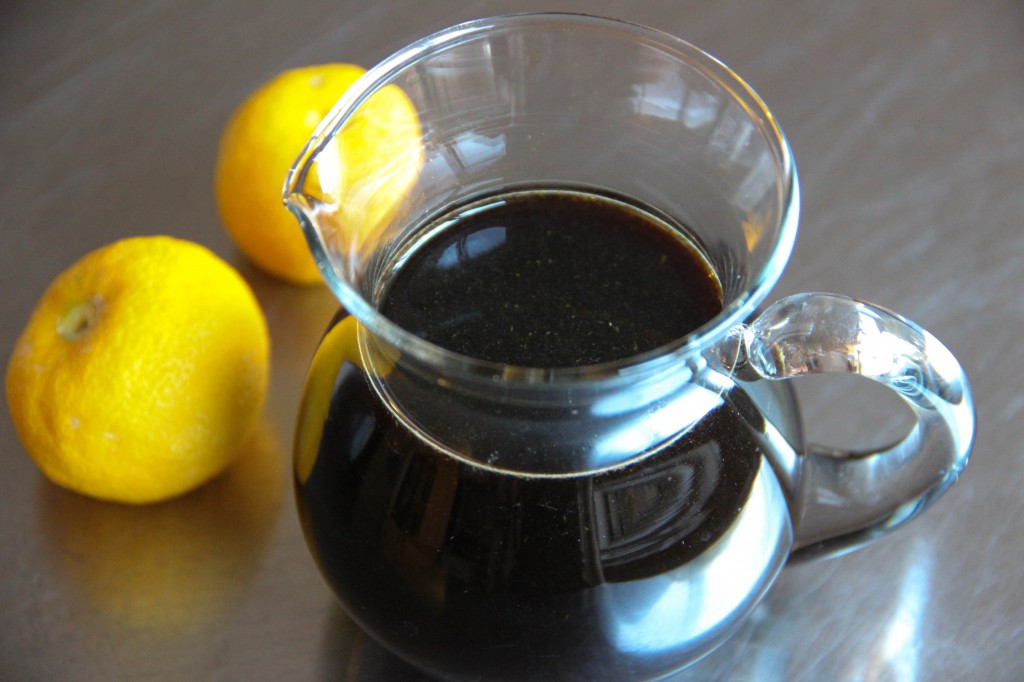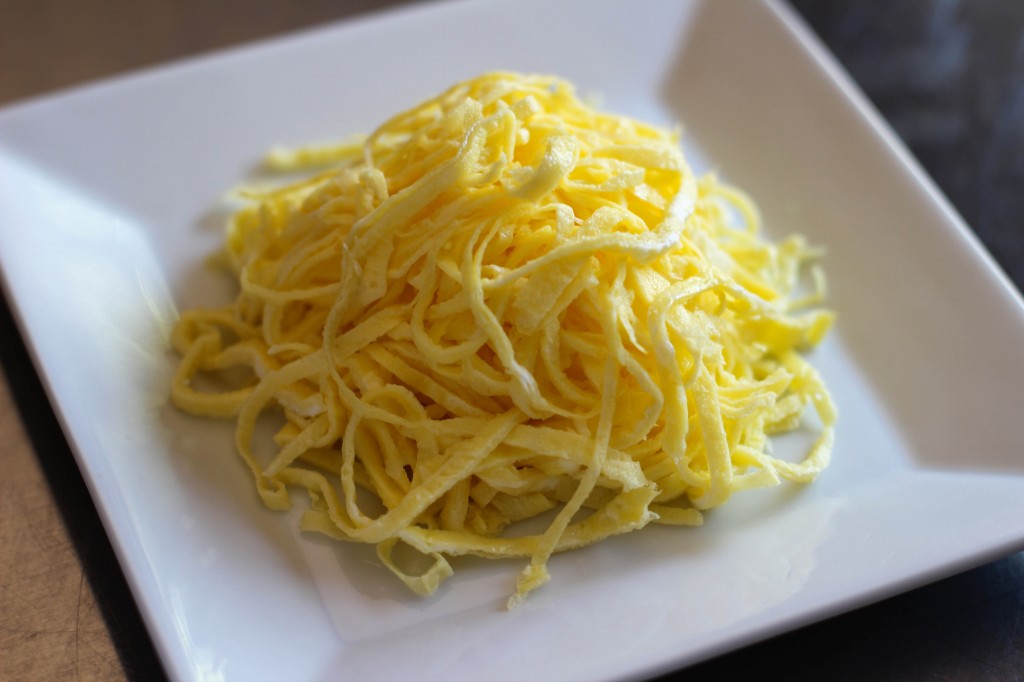The preview of our upcoming Teuchi Udon video! This week, we are hosting #AsiaEats, a collaboration between Tastemade and Google + dedicated to sharing and discovering amazing food from across Asia. This week’s theme is Cold Noodles, and we are showing everyone how to make Udon noodles from scratch. Stay tuned, this Wednesday 10/23/2013, for the new recipe video!
Asia Eats + Page: http://goo.gl/dx1J2f (Please follow!)
AsiaEats Together Community: http://goo.gl/jlauMg (Please join!)
Asia Eats YouTube Channel: http://www.youtube.com/user/AsiaEats (Please subscribe!)
Share your photos of your favorite cold noodle dish from your own country for the weekly photo competition, by posting them to Google + using the hashtag #AsiaEats, followed by the hashtag #noodles. The winner gets to join our cookalaong Hangout at the end of the month, have their picture feature on the +page, and more!
